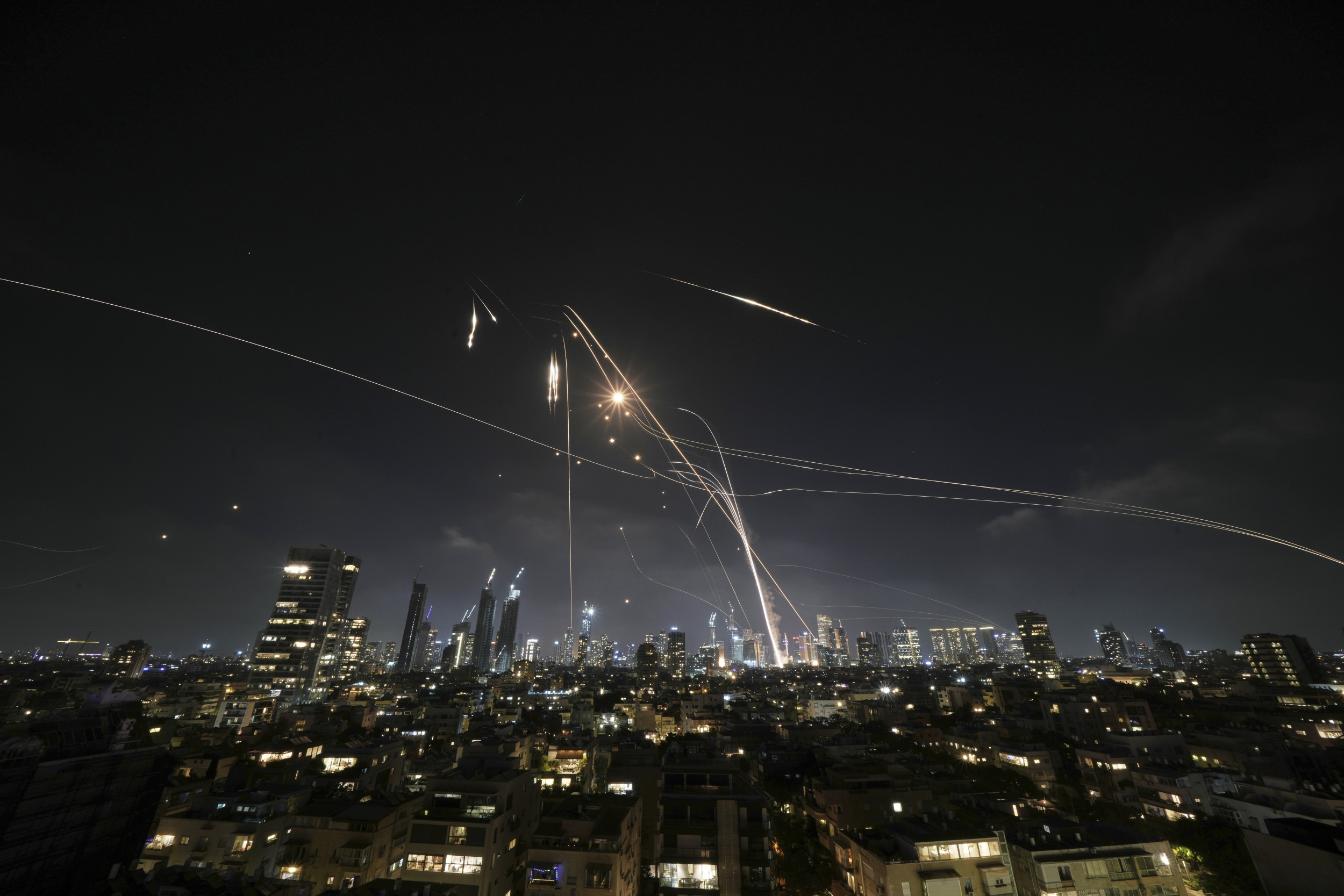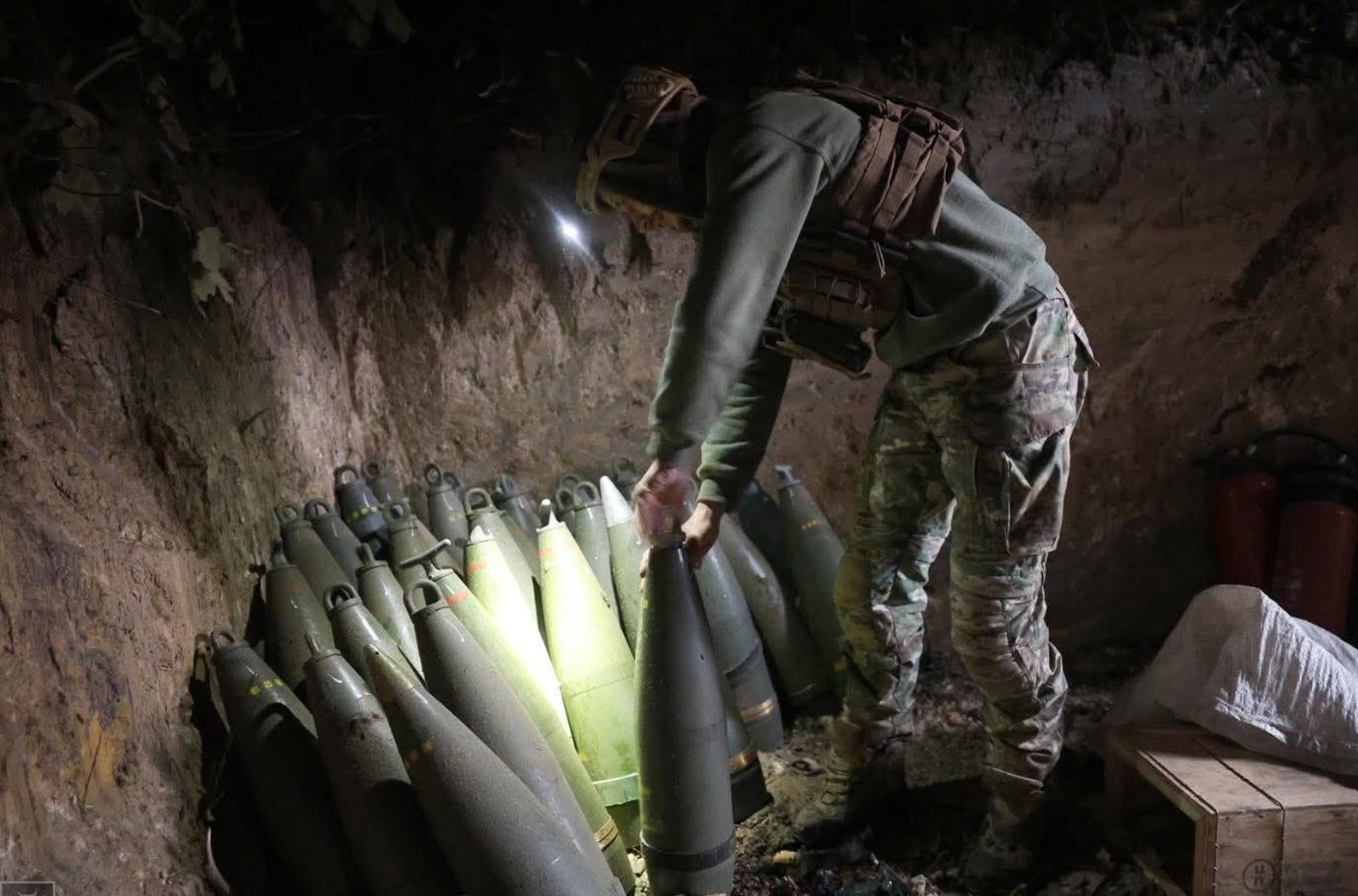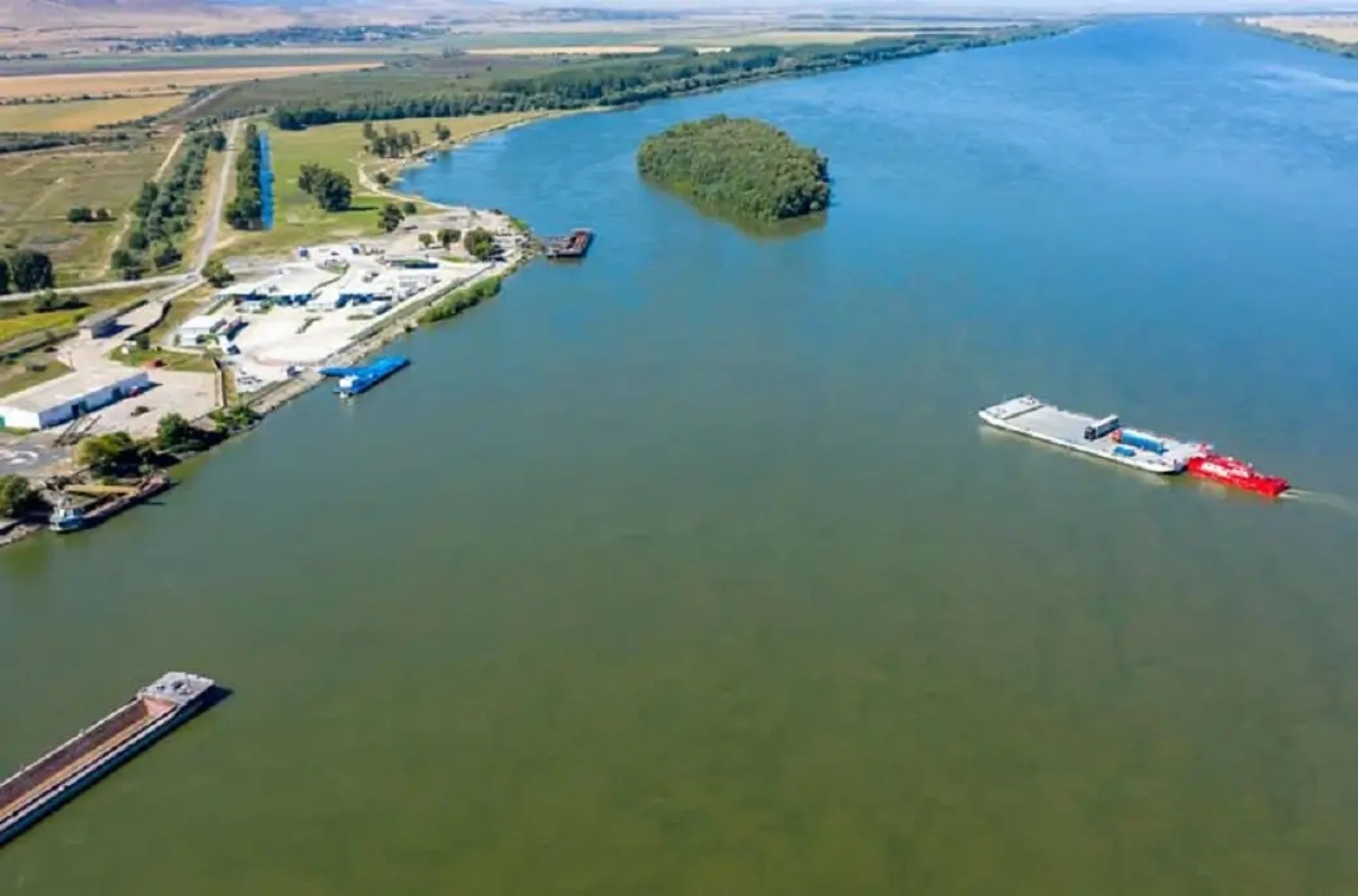With the start of Israel’s strategic operation against Iran, several rather instructive points have clearly emerged on Ukraine’s agenda.
If we try to assess them as a whole, we should speak of a set of specific “lessons” for our state. These can be roughly divided into two large groups:
- Military (including both military-technical and military-methodological aspects);
- and military-political, or more precisely — political, or if you prefer — foreign policy lessons.
Military
This group of “lessons” touches on several parameters (factors):
- the strategy for waging modern warfare;
- the organization and preparation of a modern army — what is defined in military manuals as “military construction” within a state;
- the technical (technological) foundation, which determines the necessity of major changes in the two factors above.
It is evident that the Kremlin's current strategy of a prolonged war of attrition against Ukraine was neither its original nor its desired approach. Rather, it should be viewed as a forced choice (or more precisely, a strategic shift) resulting from its inability to carry out a faster and more effective alternative — such as a quick hybrid takeover or a short-lived air-land blitzkrieg. After this attempt failed in practice, and realizing that “quick and decisive” wasn’t working, the Kremlin significantly revised its military strategy, opting instead for a war of attrition.
The military-political leadership of the Russian Federation, when planning its war against Ukraine, clearly hoped to achieve its objectives without all the prolonged “headaches” that are now seriously burdening its financial, economic, and socio-political situation. As it turns out, even a war of attrition has its limits for Russia.
In turn, Ukraine’s military-political leadership had no strategy at all for this kind of scenario prior to the start of the full-scale invasion. Moreover, as the war progressed, it showed wavering and swings from one extreme to another — which, notably, led to the failure of the infamous 2023 counteroffensive and a series of defeats (albeit at the operational-tactical level) during 2024, as part of the so-called Strategic Defensive Operation.
It is clear that the main reason for strategic errors — in both Russia's and Ukraine’s cases — was a misjudgment of each side’s own and the enemy’s capabilities. This misjudgment was based largely — and often primarily — on incorrect assessments of the role and importance of specific tools of warfare. For instance:
Theory and practice of modern warfare clearly show that any modern blitzkrieg, as a prerequisite for total strategic victory, begins with achieving air superiority over the enemy. At the outset, the Russians had good reason to hope for success in this area:
- they had a significant quantitative advantage;
- they had a significant qualitative advantage.
This applied both to combat and support (logistics) aviation, as well as to long-range precision missile weapons.
However, within the first two weeks of the Russian invasion, it became clear that they failed to sufficiently destroy Ukraine’s air defense system to the extent needed to bomb the country out of the war and fully neutralize its air force. The enemy began to suffer notable losses in combat aviation, and the interception rate of other airborne weapons by Ukraine’s air defense systems gradually increased.
Consequently, the enemy failed to fully suppress the state’s command and control system — meaning Ukraine’s — particularly at the strategic level. Nor was it able to deliver a decisive blow to the main grouping of Ukraine’s Defense Forces. Moreover, over time, Ukraine’s Air Force began to inflict fairly effective strikes on the enemy’s own groupings that had invaded Ukrainian territory.
In other words, the decisive and primary condition for a successful strategic-level blitzkrieg was not achieved by the enemy. It became clear that the war would have to be fought mostly “on foot” and “on wheels.” And this shift gave Ukraine greater chances for a successful defense.
Why did this happen?
The main reason is the enemy’s underestimation of the combat capability and readiness of Ukraine’s air defense system and combat aviation. Clearly, when planning certain forces and means for the initial “disarming” and subsequent strikes — including in support of its ground troop operations — the enemy’s command relied on some rather strange assessments of these capabilities. Moreover, it significantly underestimated Ukraine’s overall air defense capacity to counter such strikes and to flexibly respond to increasing volume and intensity. Simply put, the enemy did not expect Ukraine’s Air Force to adapt effectively to its massive strikes. It clearly hoped that everything would collapse after the first waves of attacks. It did not.
Furthermore, for some reason, Ukraine’s air defense system was not treated as a top priority in the enemy’s initial strikes. It was targeted along with other objectives, some of which were of a rather questionable nature.
As a result, Ukraine’s air defense gained precious time to react appropriately to the enemy’s attempt to gain air superiority across Ukraine’s strategic depth.
Yes, the enemy briefly achieved air superiority on some axes, but this advantage steadily shrunk as Ukraine’s air defense system “recovered” from the initial strikes and expanded its capabilities.
Moreover, the Russians also planned the ground part of their “blitzkrieg.” It seems likely that the objectives of some groupings of troops were defined at the operational level as “reaching a certain line by a certain time,” “securing a zone,” “taking control,” etc. And the expected resistance from the Armed Forces of Ukraine (AFU) and other Ukrainian units was estimated as minimal — or even nonexistent. In this context, it’s worth recalling one of Putin’s early appeals to Ukrainian troops, in which he seriously invited them to overthrow the “gang of drug addicts and Nazis” and “take power into their own hands.”
The Kremlin — and by extension, its generals — were clearly trapped in their own delusions about the AFU’s combat readiness and morale.
In reality, once Russian forces pushed deeper into Ukraine, they were hit from the flanks, the rear, and from all sides as part of what’s known as a “decentralized defense.” All those massive armored columns with long supply convoys looked intimidating, but in practice, they proved ineffective against the AFU’s fast and highly mobile tactics.
Yes, the Russians managed to occupy certain areas, but once their supply lines and rear units came under accurate attacks, and once Ukrainian maneuver units began to appear on their flanks and in their rear, their position deteriorated rapidly.
Now compare all of this with the planning and execution of Israel’s corresponding strategy by its military command.
As I’ve already written, they did not put the cart before the horse. They first focused on Iran’s air defense system, and only then — in subsequent “waves” — on other high-priority targets. Moreover, take note of how and under what conditions the U.S. joined in on these strikes.
So, the first “lesson”:
In modern warfare, the entire complex of aerial warfare assets, especially including air defense systems, should be classified as strategic weaponry. Accordingly, the entire process of forming, equipping, and preparing this component of a nation’s defense system must become a mandatory part of the country’s military strategy and defense policy — both in peacetime and especially during the preparation for and conduct of war.
In this regard, Israel’s war with Iran is a telling example.
Would Israel have been able to achieve its strategic objective — namely, to significantly complicate Iran’s nuclear and missile programs — without first transforming its Air Force, air defense (AD), and missile defense systems into highly effective, strategic-level components of national defense?
Obviously, unlikely.
Now consider the opposite example.
Ukraine’s military and political leadership attempted to carry out an operational-strategic task in the war (yes, I’m referring to the infamous 2023 counteroffensive toward the Azov coast) without having — not just superiority in the air over the selected strategic direction — but even a sufficient quantity of tactical air defense assets to protect the combat formations of deployed troops from enemy aerial attacks. What’s more, they even boasted about the upcoming offensive at every “convenient” opportunity beforehand.
to be continued...



















